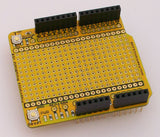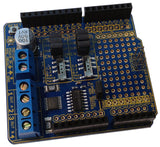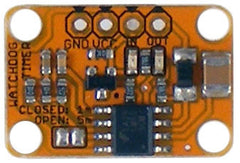With the right software on a host PC, your Arduino or compatible can be controlled via all sorts of methods - even a smile. This has been demonsntrated by Marianna Mezhibovskaya who uses smile-recognition software on a Mac and an Arduino to make a smile-controlled candy machine.
The software uses a webcam to determine if the subject is smiling - and if so, sends serial text via USB to the Arduino which takes action. In this case it controls the motor inside the candy machine to dispense some treats. This is shown in the following comedic video:
For more information on this project, including download links for the required software and code - visit the project page. And for more, we're on facebook, Google+, and twitter - so follow us for news and product updates as well.
If you need to add external hardware or devices to your next Arduino project, you'll need a protoshield to mount the external circuitry. In doing so, consider our range of ProtoShields. From the tiny LeoStick to the Mega we have a wide range to suit your application.





















